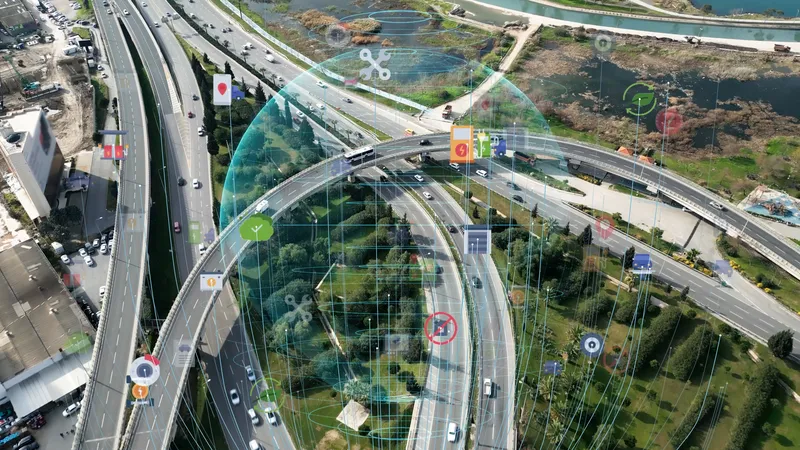According to Continental, for the first time the in-car infotainment platform aids the integration of driver assistance functions with a camera system offering 360-degree surround view. Depending on the size of the vehicle, the system consists of at least four of Continental’s surround view cameras which capture the entire area around the vehicle.
October 7, 2013
Read time: 1 min
According to 260 Continental, for the first time the in-car infotainment platform aids the integration of driver assistance functions with a camera system offering 360-degree surround view. Depending on the size of the vehicle, the system consists of at least four of Continental’s surround view cameras which capture the entire area around the vehicle.
So that no obstacle is overlooked when parking, drivers can display different perspectives and image sections on the infotainment system screen. They can even change to a bird’s eye view on the screen and ‘float’ freely above the vehicle.
The cameras use an unshielded twisted pair Ethernet connection, which Continental believes is better than conventional video cabling. All the computing power is located in the infotainment system processor, so only the cameras and cabling need to be installed in the vehicle.
So that no obstacle is overlooked when parking, drivers can display different perspectives and image sections on the infotainment system screen. They can even change to a bird’s eye view on the screen and ‘float’ freely above the vehicle.
The cameras use an unshielded twisted pair Ethernet connection, which Continental believes is better than conventional video cabling. All the computing power is located in the infotainment system processor, so only the cameras and cabling need to be installed in the vehicle.







